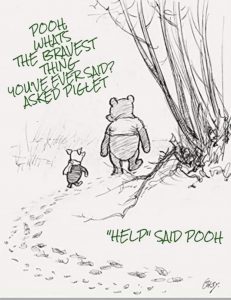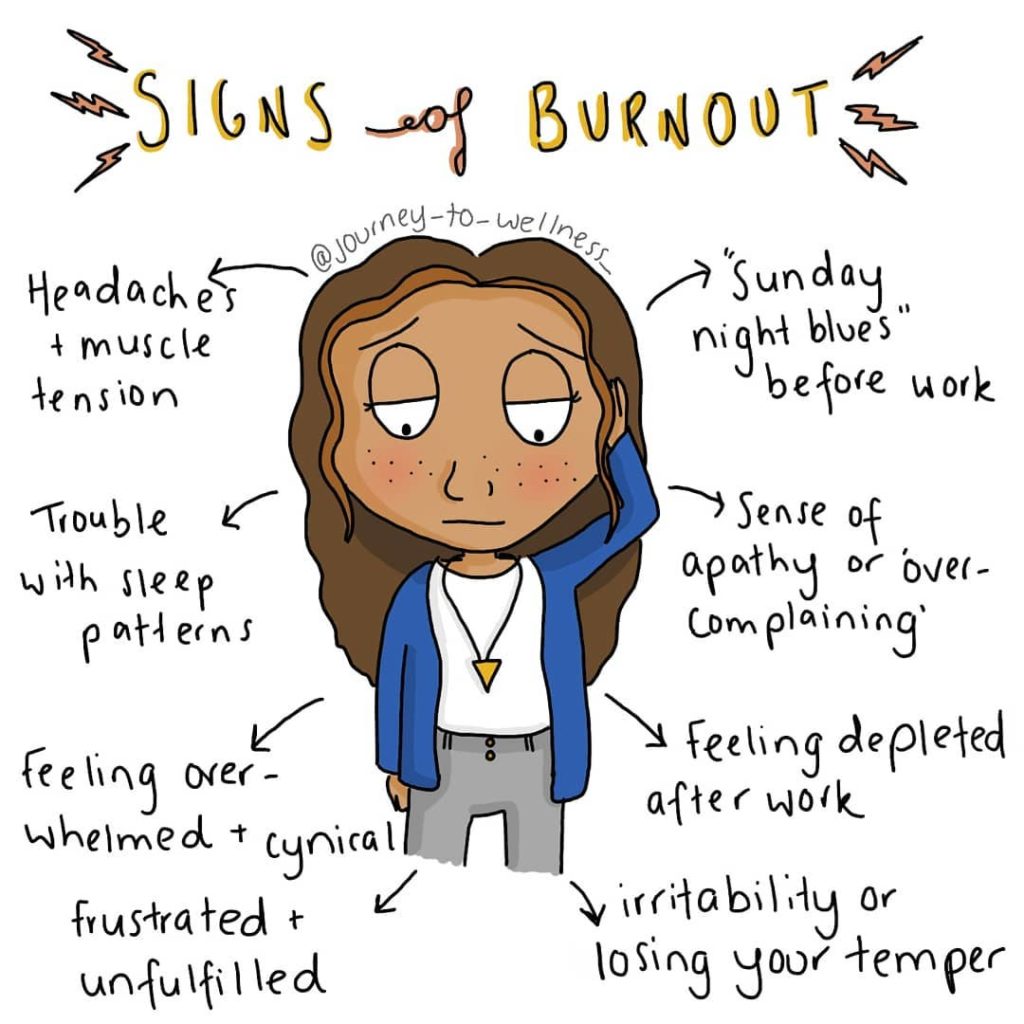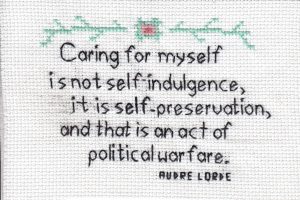What world?
The first question that comes to mind when I think about the title of this post is, “Did I ask for this world at the end of my fingertips, and since its “wide web” pervades my life, how then, is it possible to feel so isolated when everything is at our fingertips? Food, clothes, household items, tech, and other diversions can be at our doors at the speed of our clicks, credit cards, and local couriers. The choices are non-stop, but there is one thing I haven’t been able to order online yet; a real in-person classroom and the bristling energy of its learners. I can’t even order a bus duty right now.
Anyone else miss yard and bus duty?
I miss school so much that I was thinking of making a program to simulate being at school. I miss yard and bus duty. I miss taking the long way to the office via the second floor. I even miss the First Aid calls for ice and band-aids. Even with a top dollar VR set up, nothing comes close to the completeness of an in-person educational experience; no matter how brilliantly it is delivered or repeated. For now, the best I can virtually do is be the best virtual version of myself.
Despite everything these nimble digits can cull from the world wide web, the feelings, sounds, and yes, smells of school cannot be re-created online. You see our connectivity comes with a cost. Our eyes may be tethered to screens, but it is clear that our hearts and minds are looking for something else. Connection.
What’s keeping you connected?
In my last post Insert name(s) here I wrote about focusing on connections rather than curriculum with students first. As we continue learning during the lockdown, I am finding that connection is the single most important thing to preserve our wellbeing. When I read that teachers are feeling pressured to load students up with homework each day I get worried. It’s concerning to find hear of distorted and unrealistic expectations that learning is supposed to be like it was pre-pandemic. The only question I can ask anyone who thinks it does is, “Have you ever seen a Kindergarten Zoom class?” “Have you ever taught one?”
Imagine taking the wonderous living maelstrom that is known as the JK/SK class, and then compacting it onto a small screen replete with daily pet show and tells, spontaneous dancing, hasty exits for calls of nature, and unsanctioned nose touching? I am sure that does not happen solely in JK/SK either. In my class, there are some seriously funny faces that get made while someone preens in to the camera, or when they suddenly think someone said fart, or when they all decide to stuff couch pillows under their sweaters for DPA. This must be playing out everyday around the world right now.
Sometimes the supporting cast gets into the main shot.
How about when you hear parents yelling in the background or when they are trying to negotiate with a client while walking too close to their child who happens to be answering a question at that moment? Upon reflection, these moments are probably the best things about virtual school during these times. It’s the humanity of our students shining through, and that is one of the single most important reasons for us to keep coming back day in and day out for our students. Making time for laughter in my class has led to engagement and to learning.
But seriously folx.
Hearing humorous stories from fellow educators has been crucial to my mental survival during such a trying time. Lockdown learning also comes with the knowledge that there are a number of educators who are struggling right now. I encourage you all to reach out to someone to check in on them. That includes those who always appear like everything is going great based on their social media posts. The truth is behind the curated photos is a lot of toil and hard work. This grind is hard on all of us. We need one another and the good thing is we have the entire ETFO community of educators to lean on.
Take time to reach out. Even though we can’t order a cure for COVID yet, we can use this medium to send support to one another without the excessive packaging and credit card statements either.








